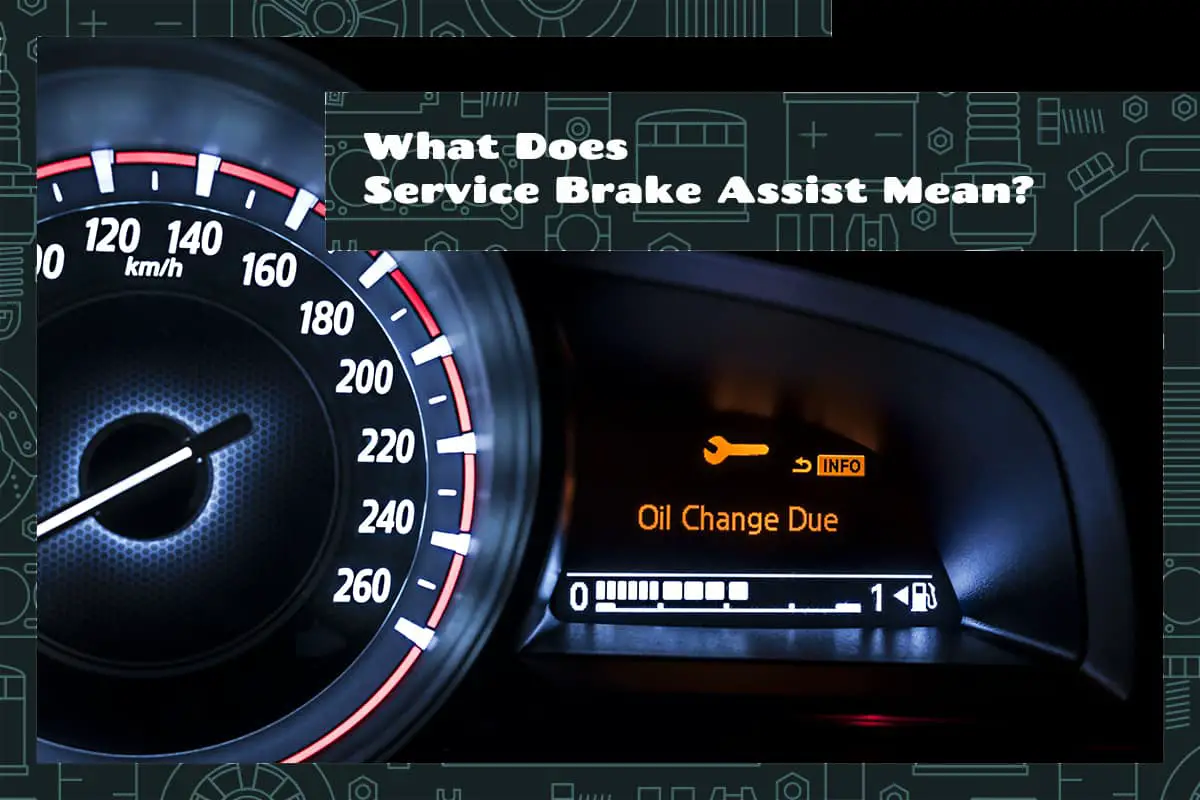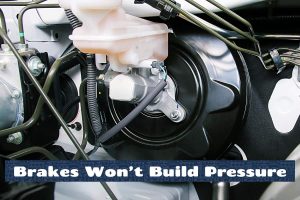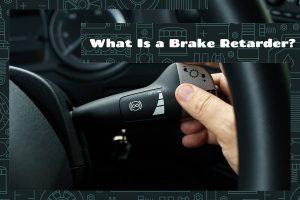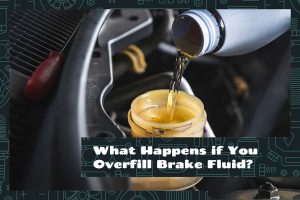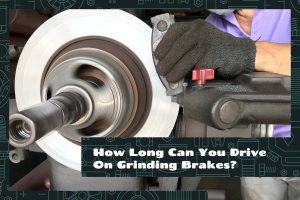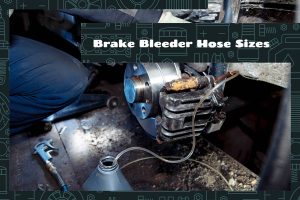Braking systems are a crucial part of any vehicle, helping us slow down or come to a complete stop when we need to. Over the years, technology has made brakes smarter and more effective, making driving safer for everyone on the road. One of these advancements is the service brake assist, which plays an essential role in preventing accidents.
Service brake assist is a safety feature that detects when a driver needs to make an emergency stop and automatically applies maximum braking force, helping the vehicle stop in a shorter distance.
In this article, we’ll explore the world of service brake assist and learn how it works, why it’s important, and how it benefits drivers.
Basics of Braking Systems
Let’s dive into the basics of braking systems to understand how they work in our vehicles. This foundation will help us appreciate the importance of service brake assist.
Components of a braking system
A braking system has several parts that work together to slow down or stop a vehicle. Key components include the brake pedal, master cylinder, brake lines, calipers, brake pads, and rotors.
How brakes work
When you press the brake pedal, it starts a chain reaction in the braking system. The master cylinder sends brake fluid through the brake lines, and this pressure moves the calipers. The calipers press the brake pads against the rotors, which are attached to the wheels.
This friction between the brake pads and rotors slows down or stops the wheels, ultimately slowing down or stopping the vehicle.
Types of brakes
There are two main types of brakes: disc brakes and drum brakes.
- Disc brakes are more common and consist of a rotor, brake pads, and a caliper. The rotor is attached to the wheel, and the caliper holds the brake pads. When you press the brake pedal, the caliper squeezes the brake pads against the rotor, causing the vehicle to slow down or stop.
- Drum brakes work differently. They have a drum, brake shoes, and a wheel cylinder. The drum is connected to the wheel, and the brake shoes are inside the drum. When you press the brake pedal, the wheel cylinder pushes the brake shoes against the drum’s inner surface, creating friction and slowing down the vehicle.
Service Brake Assist Explained
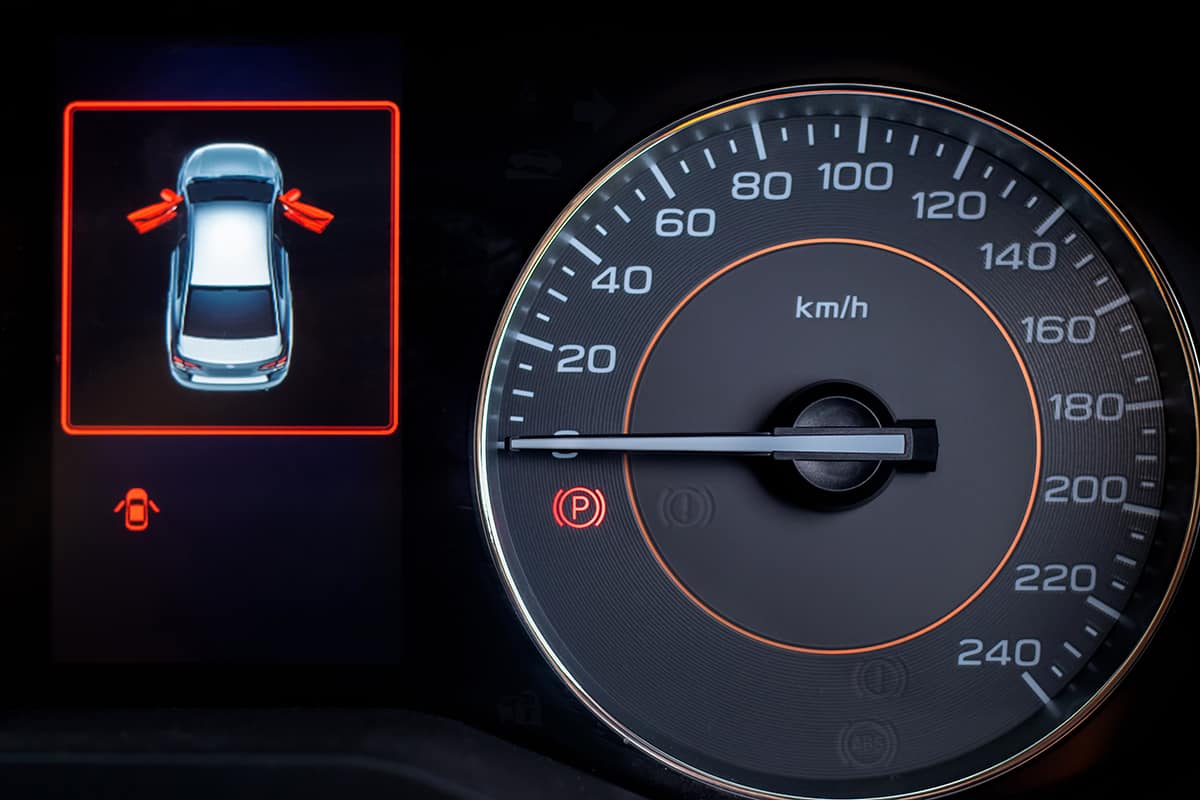
Now that we understand the basics of braking systems, let’s explore service brake assist and see how it helps improve vehicle safety. This section will explain why it’s important and how it works.
The Need for Service Brake Assist
Sometimes, drivers need to stop their vehicles suddenly in emergencies, like when an obstacle appears on the road. In these situations, they might not press the brake pedal hard enough or fast enough to avoid a crash.
Service brake assist helps by sensing when a driver needs to make an emergency stop and automatically applying maximum braking force. This safety feature can make a big difference in reducing the risk of accidents and keeping everyone on the road safer.
How Service Brake Assist Works
Service brake assist uses sensors to detect how fast and how hard a driver presses the brake pedal. If the system determines that the driver needs to make an emergency stop, it steps in and boosts the braking force to help the vehicle stop more quickly.
This safety feature works together with other brake technologies, like anti-lock braking systems (ABS), which prevent the wheels from locking up and skidding during hard braking. ABS and service brake assist work together to provide maximum stopping power without losing control of the vehicle.
Benefits of Service Brake Assist
There are several advantages to having a service brake assist in your vehicle.
1. Shorter stopping distances
One of the most important benefits is that it helps reduce stopping distances, which can be crucial in preventing accidents. By automatically applying maximum braking force in emergency situations, the system can help you stop your vehicle more quickly than you might be able to on your own.
2. Increased driver confidence
Knowing that the service brake assist is there to help in emergencies can make drivers feel more secure and in control. This sense of safety can be especially important for new or inexperienced drivers.
3. Increased safety
By reducing the risk of accidents and making driving a safer experience for everyone on the road, this advanced braking technology is a valuable addition to any vehicle’s safety features.
Maintenance and Troubleshooting
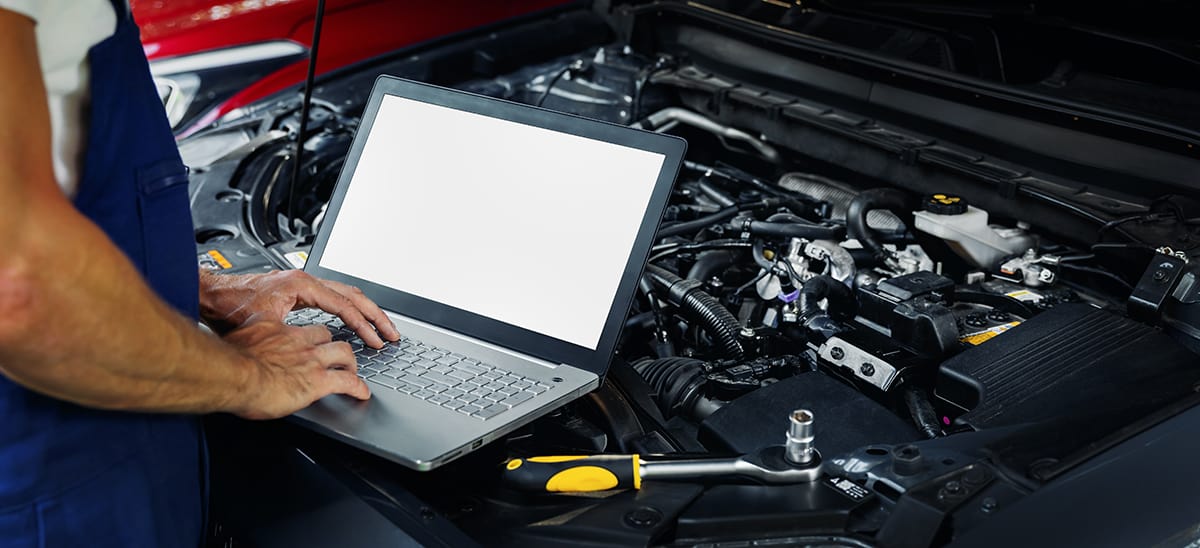
To keep your vehicle’s service brake assist functioning properly, it’s important to perform regular maintenance and know how to troubleshoot any issues. In this section, we’ll discuss how to care for your braking system and what to do when problems arise.
Service Brake Assist Maintenance
Taking care of your vehicle’s braking system is essential for keeping the service brake assist working effectively. Regularly check your brake fluid levels and make sure to replace the fluid according to your vehicle manufacturer’s recommendations. Low or old brake fluid can reduce the performance of your brakes and affect the service brake assist.
Another important aspect of maintenance is checking your brake pads and rotors for wear. Worn brake pads and rotors can reduce braking performance and compromise the effectiveness of service brake assist. Replace these components as needed to maintain optimal braking.
Troubleshooting Service Brake Assist
If you’re experiencing problems with your service brake assist, it’s essential to find the cause and fix it as soon as possible. One common issue is a dashboard warning light indicating a problem with the system. If this light comes on, consult your vehicle’s owner’s manual to understand what the specific issue might be.
Some common causes of service brake assist problems include low brake fluid, worn brake pads or rotors, or faulty sensors. In many cases, addressing these issues will resolve the problem and restore the service brake assist to proper functioning.
However, if you’re unsure about the cause of the issue or if the warning light remains on after attempting to fix the problem, it’s best to consult a professional mechanic. They can diagnose and repair any issues with your vehicle’s braking system and service brake assist.
FAQs
1. Is Service Brake Assist available on all vehicles?
Service brake assist is not available on all vehicles, but it’s becoming more common on newer models, especially in cars made by popular manufacturers. It’s often included as part of a vehicle’s safety package or advanced driver assistance systems (ADAS). If you’re interested in having service brake assist in your vehicle, check the specifications of the car you’re considering before purchasing.
2. How does Service Brake Assist differ from ABS?
Service brake assist and ABS (anti-lock braking system) are related but serve different purposes. Service brake assist helps apply maximum braking force during an emergency stop, while ABS prevents the wheels from locking up and skidding when braking hard. Both systems work together to improve braking performance and keep drivers in control of their vehicles during sudden stops or difficult driving conditions.
3. Can Service Brake Assist be retrofitted to older vehicles?
Yes, it can. However, retrofitting service brake assist to older vehicles can be challenging and expensive, as it requires the installation of sensors and other components that may not be compatible with the vehicle’s existing braking system.
4. What should I do if my Service Brake Assist warning light comes on?
If your service brake assist warning light comes on, it’s essential to address the issue promptly. Consult your vehicle’s owner’s manual to understand the possible causes. Common problems include low brake fluid, worn brake pads, or faulty sensors. If you’re unable to resolve the issue yourself, take your vehicle to a professional mechanic to diagnose and fix the problem.
